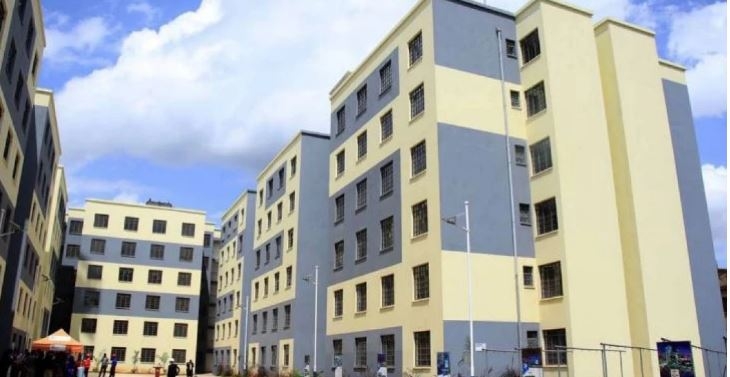Farmers in Kirinyaga, Kenya's largest producer of tomatoes, are grappling with 55 per cent post-harvest crop losses.
The Kenya Agricultural and Livestock Research Organisation in partnership with the Korean government have stepped in to train the farmers on post-harvest management.
Farmer Nicholas Munene from Kariti said since getting the training, he has been able to reduce losses of his tomatoes by 30 per cent.
He used to harvest tomatoes and put them in sacks but they got crushed.
"We were were trained to use plastic crates or buckets instead to reduce breakage," Munene said. They also learned to put tomatoes in the shade to keep them fresh and not expose them to the sun.
Munene used to make Sh20,000 from one acre, but after training, his earnings have improved. In a good month, Munene makes between Sh70,000 and Sh100,000.
"I get 10 crates from harvesting two times a week for one month,” he said.
A crate of tomatoes goes for Sh4,000 and Munene makes Sh40,000 in a week.
Munene is among 30 farmers who have formed a group to search for better prices. A few months, a crate of tomatoes sold for Sh2,000 but now farmers are getting Sh4,000 per crate.
The Agriculture ministry says Kirinyaga produces 25 per cent of all tomatoes in the country.
A post-harvest expert at Kalro-Thika, Dr Margaret Muchui, said farmers incur huge post-harvest losses of up to 55.3 per cent of tomatoes and 50 per cent of bananas.
She said the major cause is the failure to use best practices and lack of adequate post-harvest infrastructure.
“Farmers also lack knowledge on the maturity of the crops, proper harvesting methods, proper containers to reduce bruising, proper sheds, good roads and lack of cold chain, among many other problems," Muchui said.
She spoke on Friday at Kalro-Thika during a workshop on reducing post-harvest losses mainly in tomatoes and bananas.
Muchui is also the officer in charge of the Kalro Practical Training Centre in Thika. She said that since horticultural produce is highly perishable, it needs to be planted, harvested, sorted, graded, stored and transported properly.
“This should be done within the shortest time possible to the end user to avoid decay and deterioration,” she said.
Post-harvest management has been a major challenge in Kenya, causing an estimated loss of 20 to 30 per cent mainly in cereals.
In 2017, Kenya harvested 37 million bags of maize. Post-harvest losses amounted to 12 per cent.
In Sub-Saharan Africa post-harvest loss averages 50 per cent for fruits, 40 per cent for roots and tubers and 20 per cent for cereals, legumes, and pulses.
Muchui said the government is working with the Korean government under the Korean-Africa Food and Agriculture Cooperation Initiative to reduce post-harvest losses in tomatoes, bananas, and potatoes.
Ji Kim, the lead scientist of the project, and scientists at the National Institute of Horticultural and Herbal Science in Korea said the aim is to reduce post-harvest losses in horticulture to at least 20 per cent within six years.
He said the project is being carried out in 14 African countries, at Sh9 million per country.
Muchai said the tomato and banana post-handling manuals will be distributed to farmersand agriculture officials in Kiambu, Murang'a Kirinyaga and Tigoni.



















